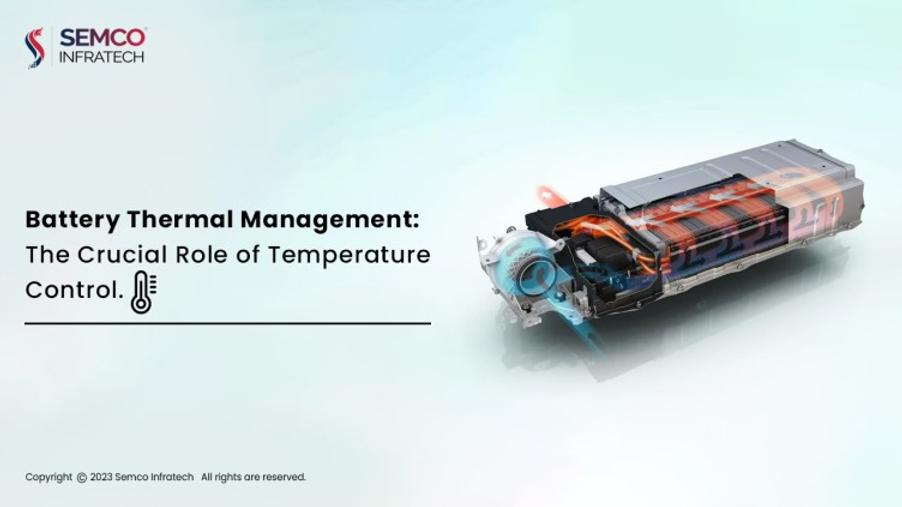In the rapidly evolving field of battery technology, efficient and accurate battery aging and performance testing systems are essential for quality control and R&D. The 60V 20A 40-Channel Battery Charge-Discharge System (BCDS) represents a next-generation solution for comprehensive battery module testing and is ideal for testing pouch cell, li on pouch cell, and lithium pouch cell batteries.
Broad Application Across Battery Chemistries
This system supports various battery types, including lithium-ion (NMC, LFP), lead-acid, nickel-metal hydride, and nickel-cadmium. It accommodates both co-port and split-port battery configurations, making it highly versatile for manufacturers and developers of battery-powered devices, including vacuum cleaners, electric tools, and electric scooters. It is also compatible with lithium battery systems and pouch cell battery pack configurations.
Key Functional Capabilities
The testing system offers an impressive range of functionalities:
• Cycle Life Testing to evaluate long-term durability
• Capacity Testing for understanding usable energy
• Charge/Discharge Characteristic Testing for performance profiling
• Thermal Characteristic Testing to monitor battery response under varying temperatures
It also works effectively as a lithium-ion battery capacity tester for prismatic cell testing scenarios.
Sophisticated Design and Composition
The system integrates a power module, AC/DC bi-directional inverter, control unit, heat dissipation system, data acquisition hardware, and a software-driven upper computer system for data processing. It supports centralized control via networked management and offers remote monitoring.

Engineered for high-precision tasks, it is especially useful when paired with high-voltage prismatic cell tester setups for advanced R&D.
Precision, Protection, and Performance
Engineered for precision, the system achieves ±0.05% accuracy and features independent control across its 40 channels. It includes robust software and hardware protections such as:
• Reverse connection protection
• Overvoltage and overcurrent cutoffs
• Power-off continuation to resume tests after outages
• Real-time abnormality captures and alarm features
All operations—from constant current charging to constant voltage transitions—are seamless, eliminating current surges and protecting battery integrity during testing. This precision makes it highly suitable for lithium-ion pouch cell applications.

Intelligent Software Control
Operators benefit from a fully programmable software interface that supports:
• Step-by-step test sequence customization
• Nested loop test execution
• Real-time log tracking and fault detection
• Excel-based data exports and multi-parameter graphing
• Barcode and QR code integration for traceability
Each channel functions autonomously, allowing fully independent charge-discharge testing with programmable voltage (0V–60V) and current (100mA–10A) ranges.
Technical Specifications
• Channel Count: 40, each operating independently
• Voltage Range: 0–60V with 1 mV resolution
• Current Range: ±10A with 1mA resolution
• Response Time: <10ms for rapid current transition
• Output Power: 1.2 kW per channel with 0.1% FS stability
• Data Interval: Configurable, as frequent as every second
Enhanced Safety and Maintenance
Safety is paramount, with built-in hardware for emergency cut-offs and software-based over-temperature and reverse polarity protections. The modular construction supports fast servicing with spare parts availability and regular software updates. Additionally, when integrated with a laser welding machine, laser welding equipment, or a laser fiber welding machine, the system supports a seamless battery pack production and testing flow.
For manufacturers in India, this system also pairs well with laser welding machine in India options and portable laser welding machine setups for lab or factory environments. It’s also a perfect companion to a lithium-ion battery spot welding machine for complete cell assembly and verification.
Conclusion
This battery testing system is tailored for manufacturers aiming to maintain high standards in energy storage products while ensuring safety, traceability, and operational efficiency. Whether for production line QA or R&D labs, it sets a benchmark for comprehensive battery testing, especially for pouch cell battery, prismatic cells, and advanced lithium-ion pouch cell applications.






